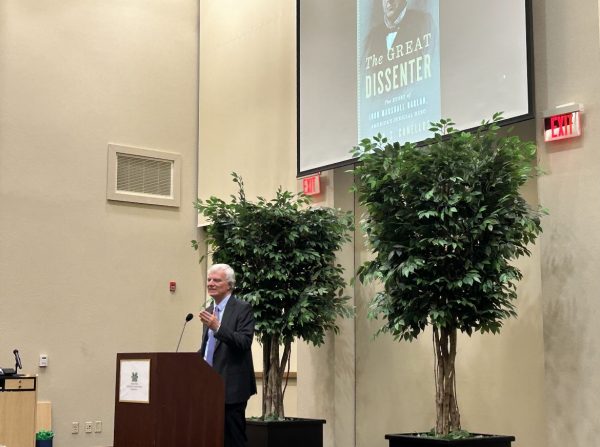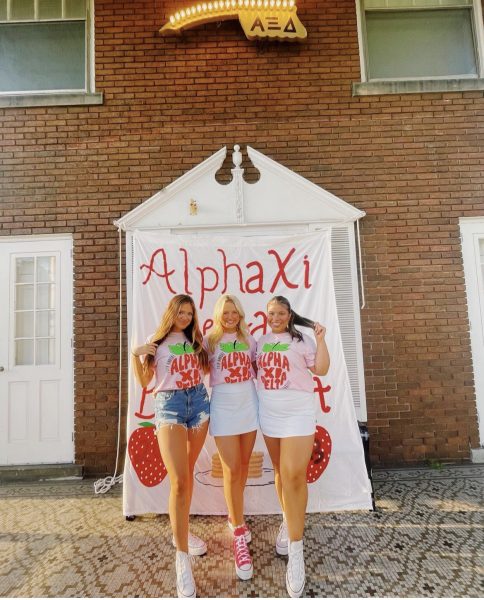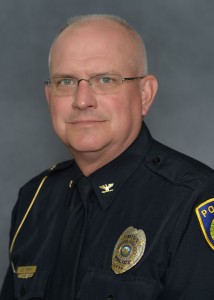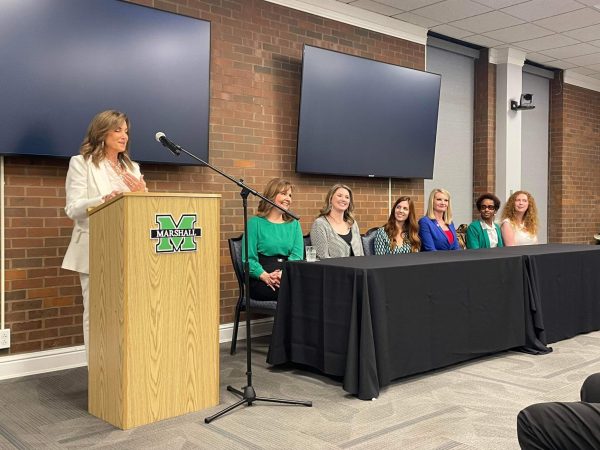The San Quentin Project opens at HMoA
The Huntington Museum of Art hosted its opening reception of The San Quentin Project Saturday, Jan. 21.
The San Quentin Project is presented by Jack and Angie Bourdelais. Jack Bourdelais found the record books at a used bookstore in California.
“I was immediately fascinated,” HMOA Senior Curator Chris Hatten said. “As soon as I looked at the record books I thought ‘Wow, we have got to do something with these.’ Just from the look, the faces, the sadness — these are stories that need to be told.”
Marshall University’s College of Fine Arts’ own Hayson Harrison and Peter Massing also have artwork included as part of The San Quentin Project.
Built in 1852, San Quentin Prison, located just north of San Francisco, California, is one of the largest and most historic prisons in the United States. It has housed many well-known inmates, from Charles Manson and Eldridge Cleaver to country music star Merle Haggard. It currently serves as the holding facility for the largest group of death-row inmates in the country.
For this exhibit, 11 artists were invited to use the imagery and information in San Quentin record books circa 1918-1920’s as a starting place for their own interpretations of the information in the books. Some of the biographical information in the books about each prisoner, both male and female, include the mugshot with the obligatory identification number, crime and length of sentence, height and weight, scars and tattoos, country or state of origin, occupation, and hat and shoe size.
The list of misdeeds ranged from embezzlement to assault and murder, and sometimes included offenses that would not be considered crimes today.
The art topics could range from a general statement on imprisonment to a visualization of specific individuals who populated San Quentin Prison many decades ago. From ceramics to ink drawings, each piece had its own part in explaining the San Quentin inmates’ stories.
“When we moved from Los Angeles to Huntington in 1993, we bought a house directly across from the museum so we could participate — and that’s exactly what we’re doing,” Jack Bourdelais said.
Hannah Swartz can be contacted at [email protected].
Your donation will help continue the work of independent student journalism at Marshall University. If you benefit from The Parthenon's free content, please consider making a donation.






